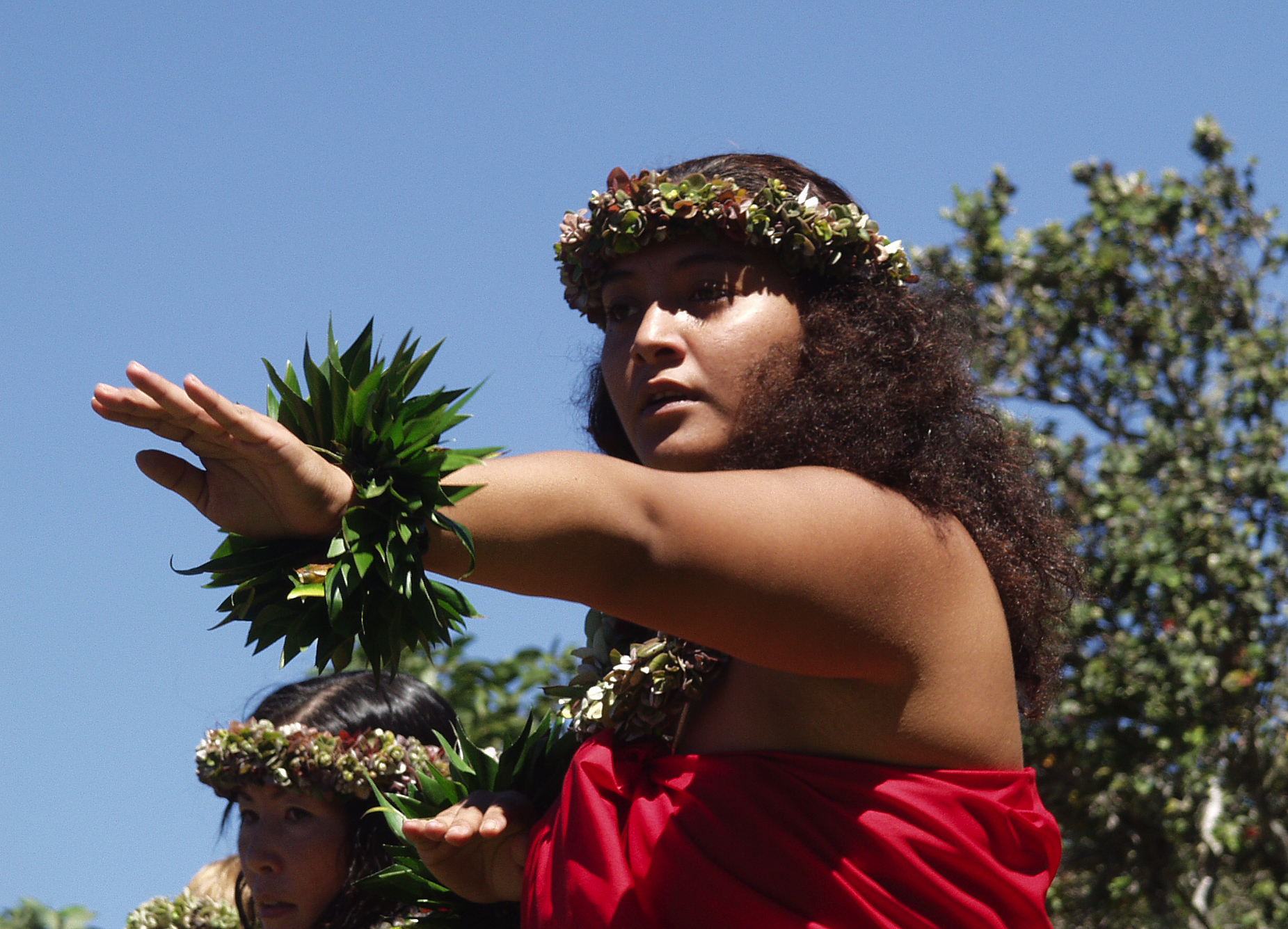|
Maʻiki Aiu Lake
Margaret Maiki Souza Aiu Lake (28 May 1925 – 19 June 1984) was a hula dancer, kumu hula, hula teacher, and influential figure in the second Hawaiian Renaissance because of her revolutionary teaching techniques. Because of her work she was recognized as the "Mother of Hawaiian Renaissance." Many of her students became teachers themselves making her the "most important hula teacher of the 20th century." Early life Margaret Ma’iki Souza was born in Honolulu, Hawai'i on May 28, 1925. Though her parents were Peter Charles Souza and Cecilia Pai’ohe Gilman Souza, she was first adopted and living with her great aunt, Cecilia Rose Mahoe, and husband John William Kealoha in the Palolo Valley. As ''hānai'', (Hawaiian term for informal adoption) Ma’iki considered them to be her grandparents. After the passing of her adoptive family, she briefly returned to live with her biological mother, Cecilia Pai’ohe (who she is now buried with). Shortly after, she went to go live with her oth ... [...More Info...] [...Related Items...] OR: [Wikipedia] [Google] [Baidu] |
Kumu Hula
Hula () is a Hawaiian dance form accompanied by chant (oli) or song (mele). It was developed in the Hawaiian Islands by the Native Hawaiians who originally settled there. The hula dramatizes or portrays the words of the oli or mele in a visual dance form. There are many sub-styles of hula, with the main two categories being Hula ʻAuana and Hula Kahiko. Ancient hula, as performed before Western encounters with Hawaii, is called ''kahiko''. It is accompanied by chant and traditional instruments. Hula, as it evolved under Western influence in the 19th and 20th centuries, is called ''auana'' (a word that means "to wander" or "drift"). It is accompanied by song and Western-influenced musical instruments such as the guitar, the ukulele, and the double bass. Terminology for two main additional categories is beginning to enter the hula lexicon: "Monarchy" includes any hula which were composed and choreographed during the 19th century. During that time the influx of Western culture c ... [...More Info...] [...Related Items...] OR: [Wikipedia] [Google] [Baidu] |
